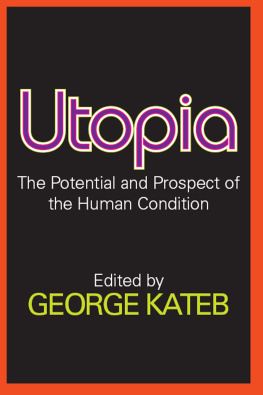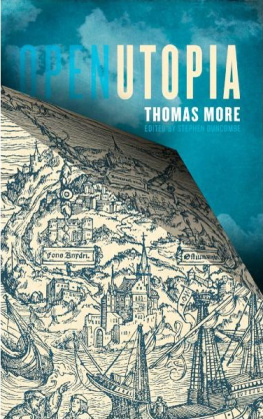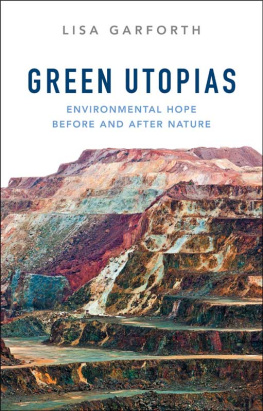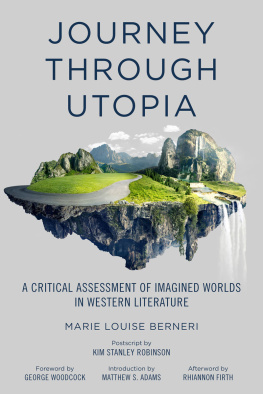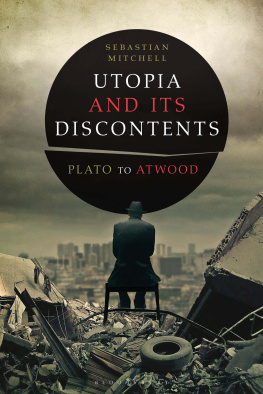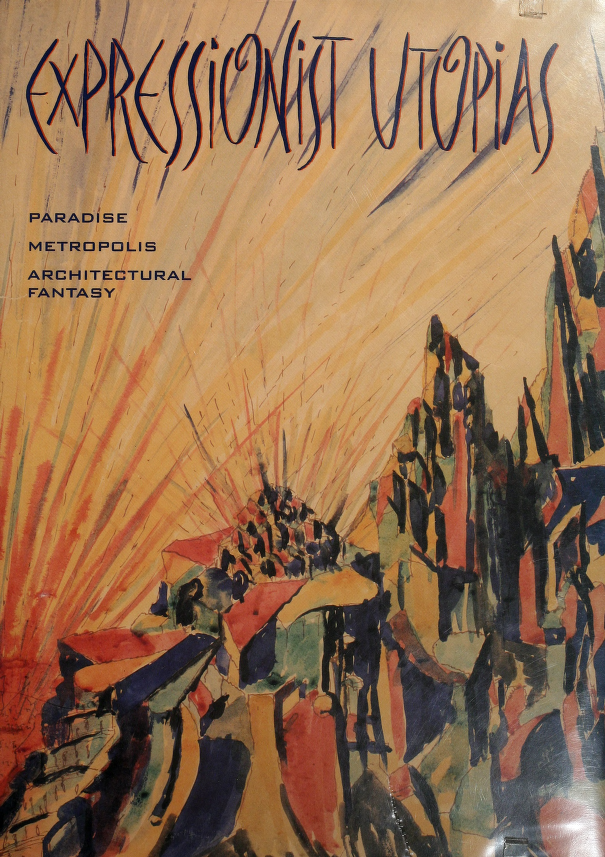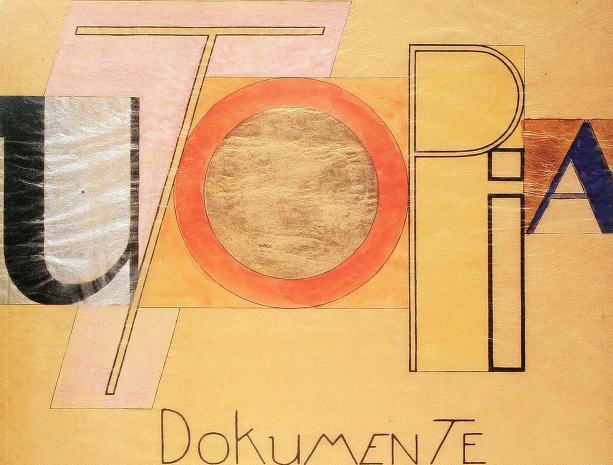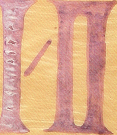
Expressionist utopias : paradise, metropolis, architectural fantasy
Benson, Timothy O., 1950
Frisby, David
Los Angeles County Museum of Art
This book was produced in EPUB format by the Internet Archive.
The book pages were scanned and converted to EPUB format automatically. This process relies on optical character recognition, and is somewhat susceptible to errors. The book may not offer the correct reading sequence, and there may be weird characters, non-words, and incorrect guesses at structure. Some page numbers and headers or footers may remain from the scanned page. The process which identifies images might have found stray marks on the page which are not actually images from the book. The hidden page numbering which may be available to your ereader corresponds to the numbered pages in the print edition, but is not an exact match; page numbers will increment at the same rate as the corresponding print edition, but we may have started numbering before the print book's visible page numbers. The Internet Archive is working to improve the scanning process and resulting books, but in the meantime, we hope that this book will be useful to you.
The Internet Archive was founded in 1996 to build an Internet library and to promote universal access to all knowledge. The Archive's purposes include offering permanent access for researchers, historians, scholars, people with disabilities, and the general public to historical collections that exist in digital format. The Internet Archive includes texts, audio, moving images, and software as well as archived web pages, and provides specialized services for information access for the blind and other persons with disabilities.
Created with abbyy2epub (v.1.7.6)
LOS ANGELES COUNTY MUSEUM OF ART
5 0715 01051209 5
6&5
xpressionis
tUto
PARADISE, METROPOLIS,
MRM
fflfc
1 he notion of Utopia exists in every culture, capturing shared dreams and common goals. Meaning paradoxically both "no place" and "a good place," utopia also challenges humanity to bring this dream into existence. If all the arts offer a realm of fantasy where Utopian ideals can be embodied and shared, then architecture is especially captivating, in part because it provides the communal spaces of cultural identitymeeting rooms, religious structures, and government buildingsand presents the opportunity to conceive and build a new environment for humanity.
This volume was prepared in conjunction with the exhibition Expressionist Utopias: Paradise, Metropolis, Architectural Fantasy, organized by the Los Angeles County Museum of Art. The exhibition explores how the optimistic and forward-looking themes of utopia and fantasy sustained faith among artists and architects in the power of art to shape a better world during the tumultuous era surrounding World War I in Germany. When the construction of buildings there became nearly impossible, paper became the medium of the unbridled imagination. At the center of this activity were the "utopian architects" of the Working Council for Art and the Crystal Chain, whose architectural inventions ranged from ideal agrarian communities to futuristic worlds dependent on miraculous advances in technology for their creation or discovery. The exhibition's curator, Timothy O. Benson, presents the diverse manifestations of the utopia metaphor in its progression throughout Expressionism from arcadian to manmade Utopias using selections from the realms of paradise, metropolis, architectural fantasy, anti-utopia, and film and stage.
In his introductory essay in this volume Benson argues that the imagery of Utopia in early modernism was transformed from a nostalgic paradise "discovered" in nature to a condition that could be "constructed" in culture. Reinhold Heller examines the Dresden Brucke artists' integration of art and life in both nature and the studio using paradisiacal imagery of the nude. David Frisby shows how Expressionist art became a responsive embodiment of the disunified experience of the metropolis, leading to a utopian vision of the future imbedded in the fragmentary present. Iain Boyd Whyte sees the Romantic heritage of the sublime expanding from its association with nature to become identified with the processes and products of
continued on..,h,qck flap
las
OKu/AZTN /El
DZU
R-MichAEl
expressionist Utopias
PARADISE + METROPOLIS * ARCHITECTURAL FANTASY
Timothy O. Benson
With contributions by David Frisby
Reinhold Heller Anton Kaes
Iain Boyd Whyte
LOS ANGELES COUNTY MUSEUM OF ART
c
ontents
6 Foreword 8 Introduction
12 Fantasy and Functionality: The Fate of Utopia Timothy O. Benson
56 Plates: Paradise
62 Bridge to Utopia: The Briicke as Utopian Experiment Reinhold Heller
84 Plates: Metropolis
88 Social Theory, the Metropolis, and Expressionism David Frisby
112 Plates: Architectural Fantasy
118 The Expressionist Sublime Jain Boyd Whyte
138 Plates: Film and Stage
146 Metropolis: City, Cinema, Modernity Anton Kaes
166 Plates: Anti-Utopia
171 Catalogue of the Exhibition
261 Appendix: Essays, Articles, Manifestos, Letters, and Other Writings
307 Selected Bibliography
315 Acknowledgments
318 Lenders to the Exhibition
319 Photo Credits
320 Index
orcvvor
J
expressionist Utopias: Paradise, Metropolis, Architectural Fantasy presents an often overlooked aspect of German Expressionist art. In the first decades of this century Expressionist artists and architects produced images of a newarchitecture and of planned cities where harmonious and just social conditions prevailed. They created these visionary prints, drawings, and watercolors in the recognition that their efforts for the betterment of the world must begin with changes within themselves, their art, and existing social institutions. However unrealizable these projects may have been, they suggested a more humane vision of what might be accomplished, from which we can still draw inspiration as we approach the next millennium.
This exhibition continues the important commitment to the German cultural heritage made by the museum over the past decade. In 1987 the Robert Gore Rifkind Center for German Expressionist Studies was opened, and the two-volume scholarly catalogue German Expressionist Prints and Drawings: The Robert Gore Rifkind Center for German Expressionist Studies was published. The museum has examined various aspects of Expressionism in the exhibitions German Expressionist Sculpture, German Expressionism 1Q15-1Q25: The Second Generation, The Apocalyptic Landscapes ofLudwig Meidner, and "Degenerate Art": The Fate of the Avant-Garde in Nazi Germany.
Next page


